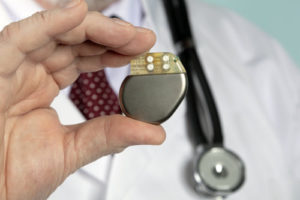Medical devices like cardiovascular stents, pacemakers, catheters, and implants have become commonplace to enhance patients’ lives. One thing that’s not mentioned is how these devices are vulnerable to infections, therefore, making the patients susceptible to infections.

Medical Devices Causing Bacterial Infections
With all the medical advancements made in the last few years, it’s surprising that bacteria is such a problem. The bacteria is already on the implants themselves or appear during surgery.
Fifteen percent of all in-hospital infections among surgical patients is due to medical devices.
Bacteria stick to the device’s smooth surface and multiple to produce a biofilm. A biofilm is a protective environment made of DNA, proteins, and polysaccharides. Doctors need to stop the biofilm developing because it makes bacteria stronger against the immune system and antibacterial agents.
Once the biofilm forms, the only way to get rid of it is to take out the implant. Not only does this take a lot of time, but can be risky for the patient.
This specific type of infection is especially strong against systemic antibiotherapy and natural immune defenses. Regular antibiotics result in a low concentration at the target site, making the drugs ineffective. Higher doses of antibiotics kill bacteria but make patients sick.
A possible solution is to use a clinical, drug-eluting coating that spread out therapeutic agents on the surface of metallic implants. Once the fluid between blood vessels and cells touch the implant, the biocompatible polymers will release drugs to targeted organs or tissues over a period of time.
Though it’s unknown if this will work for all kinds of implants, it has been proven that the coating doesn’t affect how the implant works or its strength.
Read more here.

